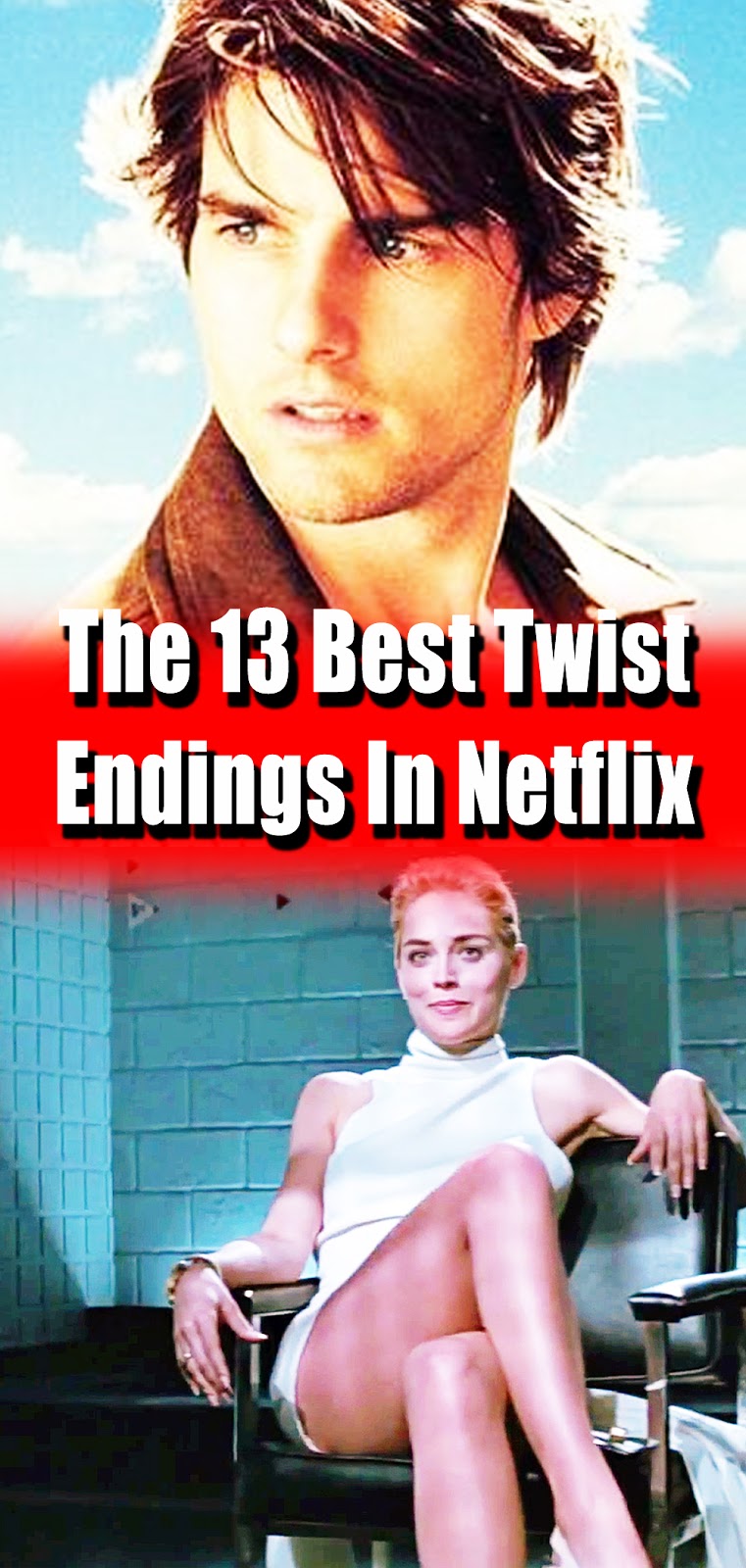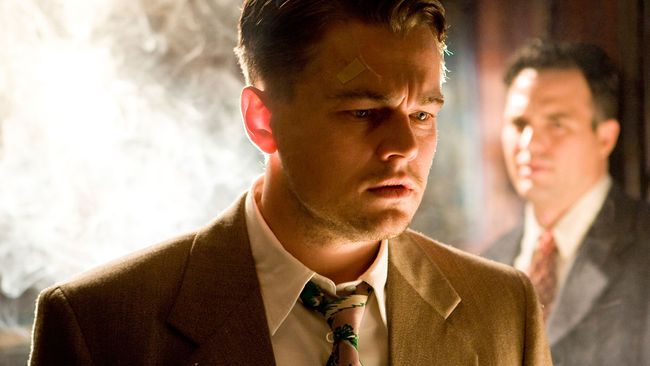

Swank’s character represents the government coming to call, even when our heroes seem to have gotten away with it. Read it however you want, especially in light of the film’s notes about class and how every piece of the US - public and private - exists to keep funneling money out of the hands of working-class people and into the hands of the ruling class. But considering Logan Lucky is a film unto itself, and not the planned start of a franchise, this ending is a tremendous bit of fun. Sure, if there’s ever a Logan Lucky 2, the film will presumably have to fill in the details of Swank’s pursuit of the Logan family and associates.
#MOVIES WITH TWIST ENDINGS LUCKY MOVIE#
She thinks she’ll stay a while, she says, and the movie cuts to the credits on a gleeful cliffhanger. But Swank’s agent refuses to let a closed case go. They’re not expecting anyone to crash their party, certainly not an FBI agent who’s been waiting for all of them to gather in the same place, at the same time. Jimmy, the heist successfully completed, hangs out with his daughter. Once the FBI drops the case - and Jimmy knows the coast is clear - he goes and excavates them, and the team behind the heist enjoys a hard-earned celebratory toast at the bar. After all, the money’s been returned, right? But what she understands that others don’t is that the speedway doesn’t actually know how much money it lost in the vault heist, because its credit card system went down and in order to speed up transactions, it just started taking cash without keeping very close track.Įagle-eyed viewers will surely have realized by this point that the film has perfectly accounted for one set of cash-filled garbage bags, which wind up in the back of that pickup, but has seemingly lost track of a second set of garbage bags, which turn out to have been thrown out and buried in a landfill. Swank plays her agent as a hard-charging, driven woman - and her character is really the only person in the film who seems at all concerned with actually solving this crime. Logan Lucky puts a West Virginia spin on an Ocean’s 11-style heist. (I won’t spoil how Jimmy gets these men out of and back into prison without anybody noticing.) Hilary Swank joins the movie as an FBI agent who investigates the heist, trying to figure out how it happened - and how the only reliable lead on the perpetrators involves a couple of men who were supposedly in prison while everything went down. Jimmy, seemingly having had a moment of conscience, returns the money by leaving it for authorities to find in the back of a stolen pickup. This is when, somewhat awkwardly, Logan Lucky shifts into investigation mode. But after the gig is done and Jimmy Logan ( Channing Tatum) shows up just in time to catch his daughter’s performance at a local beauty pageant, you might realize something: There’s still a lot of movie left. They empty a giant vault of cash, carting it off in garbage bags and heading back to their West Virginia homes. Logan Lucky, like its characters, smartly gets out while the getting is still goodĪs you’d expect in a heist film, the crew ripping off the Coca Cola 600 NASCAR race at a Charlotte, North Carolina, speedway succeeds in their task. To explain why, I’m going to have to spoil everything.
#MOVIES WITH TWIST ENDINGS LUCKY TV#
It even survives what amounts to an abrupt transformation into a totally different movie in its last 25 minutes.īut it’s the ending of Logan Lucky that best illustrates how much more successful this particular story is as a movie than it would have been as a TV show - and how much more successful certain kinds of stories are as movies than they would be as TV shows. The movie is tightly structured, beautifully paced, and endlessly inventive. I was spurred to this line of thinking by Logan Lucky, director Steven Soderbergh’s endlessly entertaining new heist film.

Looking back at them now, it’s easy to identify the spots where they might have been needlessly blown out to fill a weekend’s worth of streaming.

Indeed, a bunch of the summer’s best films tell precisely the sorts of stories that work beautifully when constrained to 120 minutes or less, but might feel forced or clunky or stretched if they were expanded to occupy an entire season of television. It’s enough to give those of us who worry that the multiplex has ceded some of its cultural centrality to the HDTV in your living room hope that the movies might once again become the center of passionate debates and arguments. Somewhat surprisingly, it’s been a really great summer at the movies.


 0 kommentar(er)
0 kommentar(er)
